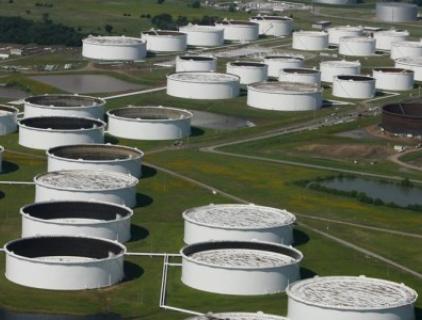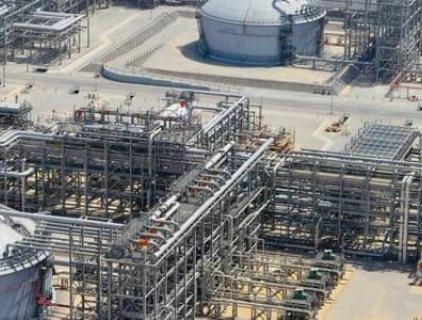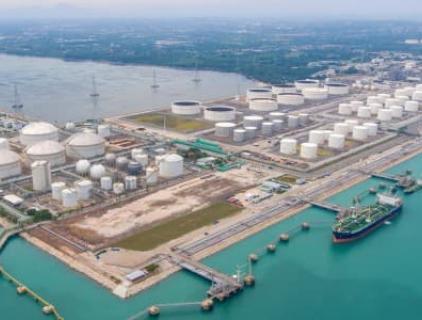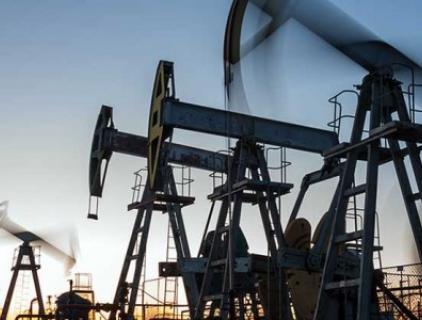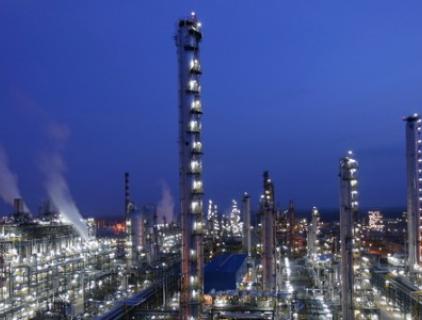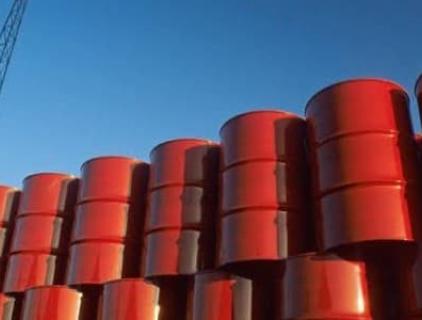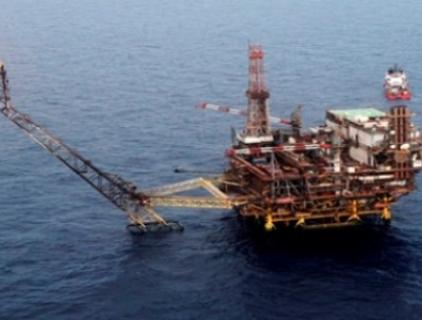After plunging nearly 7% on Monday, oil prices saw a leveling off and even a smidgeon of a rebound on Tuesday in what many hope will be a new state of calm in the market.
2021/07/21 11:47
From OPEC to U.S. shale, from fracking to negative oil prices, from endless political debates to inventories, the fossil fuel industry is never short on headlines. But the industry has a few lesser-known tidbits that might come as a surprise to even the savviest oil industry connoisseur.
2021/07/21 11:42
Saudi Arabia remained China’s single largest crude oil supplier in June, ahead of Russia, although Saudi shipments to the world’s top oil importer fell by 19 percent last month amid lower overall imports, according to official Chinese customs data cited by Reuters.
2021/07/21 11:35
The recent OPEC+ meeting ended with an agreement that would gradually increase the cartel’s monthly production until in late 2022 all of the 9.7 mm BOPD that had originally been withheld from the market, was restored. There was already an agreement in place through December of 2021, but the Kingdom of Saudi Arabia’s, (KSA) desire to extend it to the end of next year was a bone of contention with the United Arab Emirates, (UAE). This agreement was not reached easily and required some negotiation and compromise to achieve. It has been widely reported that the crux of the disagreement between KSA and the UAE, was the latter’s desire for a higher output ceiling from which its share of curtailment would be calculated. This, while certainly true, is not the only factor in the new assertiveness demonstrated by the UAE in OPEC affairs.
2021/07/20 16:43
Figures released last week show that China’s crude oil imports in the first half of 2021 declined for the first time in eight years.
2021/07/20 15:26
Oil prices are likely to record their worst week since March under the double blow of additional OPEC supply coming to markets and unfavorable fuel inventory data from the United States.
2021/07/19 20:13
Indian refiners imported in June 2021 the lowest volume of crude oil in nine months, as purchases slowed down in April and May when India imposed regional mobility restrictions to curb a resurgence in COVID cases, Reuters reported on Friday, quoting tanker data from trade sources.
2021/07/19 20:08
China saw its first-half crude imports drop year over year for the first time in a first half in eight years, sparking concerns in the market that purchases from the world’s largest oil importer may not be too supportive for oil in the coming months. At the same time, Chinese fuel exports have been rising this past half-year due to record refinery run rates amid a glut of refined oil products.
2021/07/19 19:56
China’s refineries processed a record amount of crude oil last month, at 14.8 million bpd, up by 3.9 percent from May when run rates also broke records, Reuters reported, citing data from the national statistics bureau.
2021/07/16 10:02
World oil demand is expected to surpass the 100 million barrels per day (bpd) mark in the second half of 2022, thanks to solid economic growth and expectations of continued success in containing the pandemic, OPEC said on Thursday.
2021/07/16 09:59
Oil prices dropped early on Thursday as the market assesses the prospect of higher crude supply from the OPEC+ group after a reported compromise between key OPEC members Saudi Arabia and the United Arab Emirates (UAE).
2021/07/16 09:57
Goldman Sachs has reiterated its $80 price forecast for Brent crude despite reports that Saudi Arabia and the United Arab Emirates had reached a deal on oil production that will extend the OPEC+ deal until the end of next year.
2021/07/16 09:51
After plunging nearly 7% on Monday, oil prices saw a leveling off and even a smidgeon of a rebound on Tuesday in what many hope will be a new state of calm in the market.
From OPEC to U.S. shale, from fracking to negative oil prices, from endless political debates to inventories, the fossil fuel industry is never short on headlines. But the industry has a few lesser-known tidbits that might come as a surprise to even the savviest oil industry connoisseur.
Saudi Arabia remained China’s single largest crude oil supplier in June, ahead of Russia, although Saudi shipments to the world’s top oil importer fell by 19 percent last month amid lower overall imports, according to official Chinese customs data cited by Reuters.
The recent OPEC+ meeting ended with an agreement that would gradually increase the cartel’s monthly production until in late 2022 all of the 9.7 mm BOPD that had originally been withheld from the market, was restored. There was already an agreement in place through December of 2021, but the Kingdom of Saudi Arabia’s, (KSA) desire to extend it to the end of next year was a bone of contention with the United Arab Emirates, (UAE). This agreement was not reached easily and required some negotiation and compromise to achieve. It has been widely reported that the crux of the disagreement between KSA and the UAE, was the latter’s desire for a higher output ceiling from which its share of curtailment would be calculated. This, while certainly true, is not the only factor in the new assertiveness demonstrated by the UAE in OPEC affairs.
Figures released last week show that China’s crude oil imports in the first half of 2021 declined for the first time in eight years.
Oil prices are likely to record their worst week since March under the double blow of additional OPEC supply coming to markets and unfavorable fuel inventory data from the United States.
Indian refiners imported in June 2021 the lowest volume of crude oil in nine months, as purchases slowed down in April and May when India imposed regional mobility restrictions to curb a resurgence in COVID cases, Reuters reported on Friday, quoting tanker data from trade sources.
China saw its first-half crude imports drop year over year for the first time in a first half in eight years, sparking concerns in the market that purchases from the world’s largest oil importer may not be too supportive for oil in the coming months. At the same time, Chinese fuel exports have been rising this past half-year due to record refinery run rates amid a glut of refined oil products.
China’s refineries processed a record amount of crude oil last month, at 14.8 million bpd, up by 3.9 percent from May when run rates also broke records, Reuters reported, citing data from the national statistics bureau.
World oil demand is expected to surpass the 100 million barrels per day (bpd) mark in the second half of 2022, thanks to solid economic growth and expectations of continued success in containing the pandemic, OPEC said on Thursday.
Oil prices dropped early on Thursday as the market assesses the prospect of higher crude supply from the OPEC+ group after a reported compromise between key OPEC members Saudi Arabia and the United Arab Emirates (UAE).
Goldman Sachs has reiterated its $80 price forecast for Brent crude despite reports that Saudi Arabia and the United Arab Emirates had reached a deal on oil production that will extend the OPEC+ deal until the end of next year.





